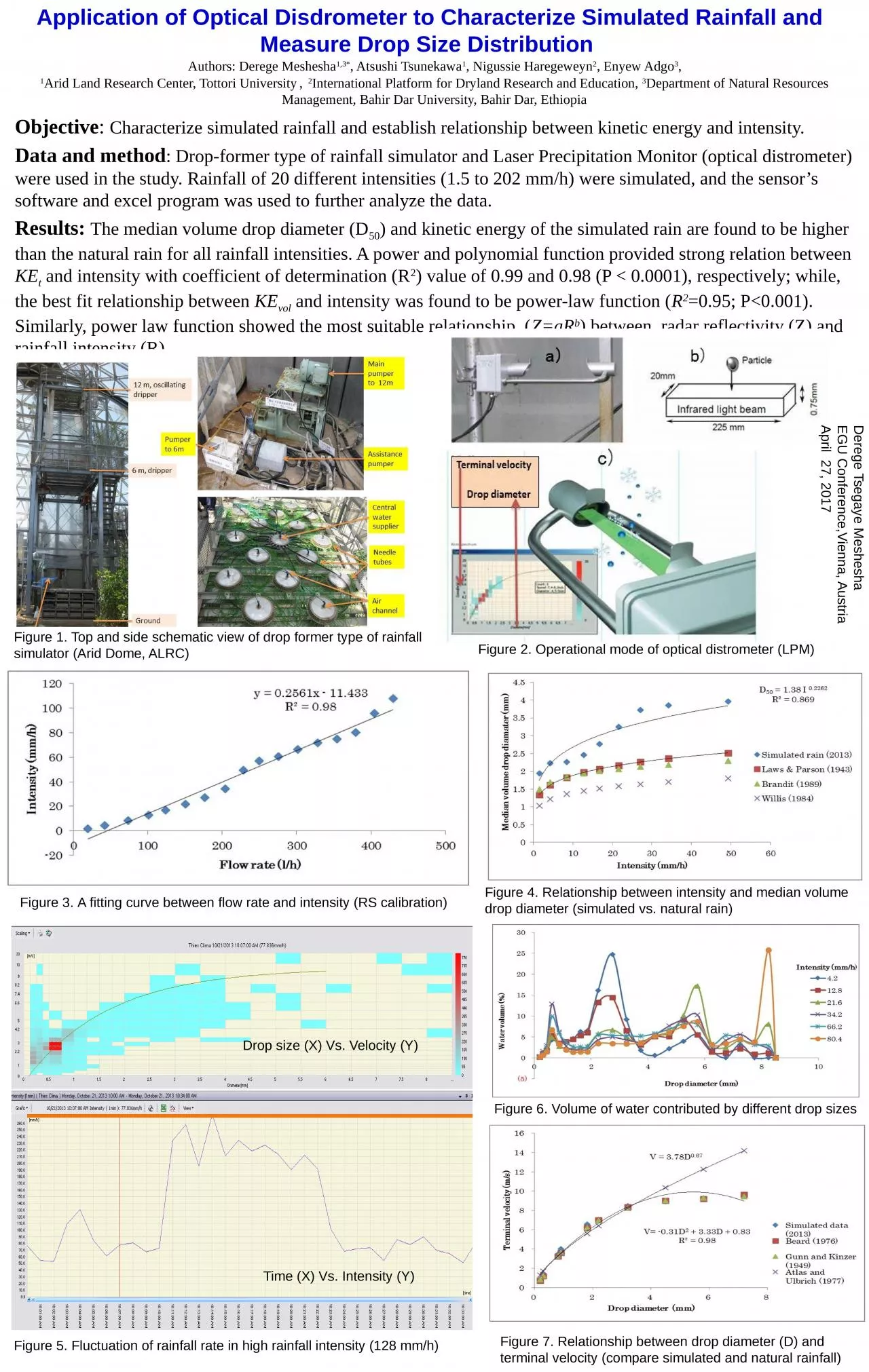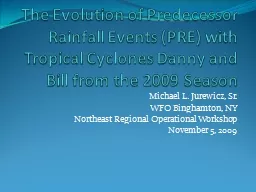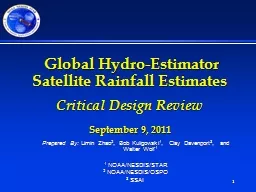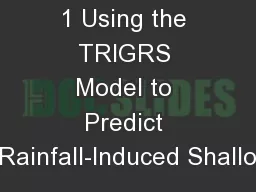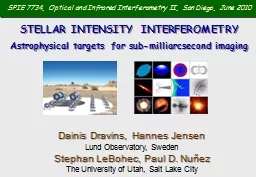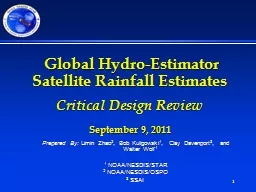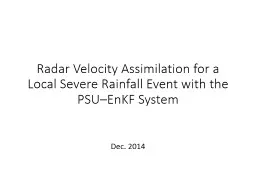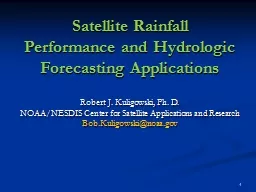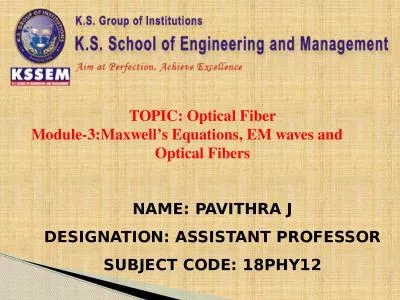PPT-Application of Optical Disdrometer to Characterize Simulated Rainfall and Measure Drop
Author : audrey | Published Date : 2023-10-26
Objective C haracterize simulated rainfall and establish relationship between kinetic energy and intensity Data and method Dropformer type of rainfall simulator
Presentation Embed Code
Download Presentation
Download Presentation The PPT/PDF document "Application of Optical Disdrometer to Ch..." is the property of its rightful owner. Permission is granted to download and print the materials on this website for personal, non-commercial use only, and to display it on your personal computer provided you do not modify the materials and that you retain all copyright notices contained in the materials. By downloading content from our website, you accept the terms of this agreement.
Application of Optical Disdrometer to Characterize Simulated Rainfall and Measure Drop: Transcript
Download Rules Of Document
"Application of Optical Disdrometer to Characterize Simulated Rainfall and Measure Drop"The content belongs to its owner. You may download and print it for personal use, without modification, and keep all copyright notices. By downloading, you agree to these terms.
Related Documents

